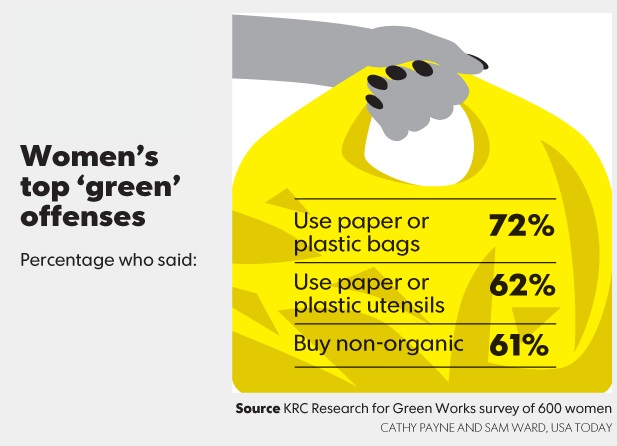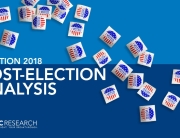To keep up with constantly growing demand for unique and compelling media content, businesses and organizations are increasingly turning to proprietary surveys to spark new messages and offer meaningful, substantive contributions to conversations that are important to their work. This kind of content often leads to new opportunities for organizations to comment on trends in their industries and position themselves as thought leaders in the areas they touch.
Unfortunately, not all of these efforts are successful. Not all surveys yield the insight or open the doors that organizations are seeking. As a result, prospective clients often ask us: What drives successful polls into the hands major media outlets, where they can ignite conversations and be shared over and over again?
Rather than rely on our experience alone to answer this question, KRC decided to study the issue empirically—we are researchers after all! We created a database of nearly 900 polls that have been picked up in the media in the past two years, recording outlet, sample size, data collection methodology, audience, story angle, how many times it was shared on various social media sites, and more. Based on our analysis of this data, we pulled together empirically-supported best methodological practices for media polling and we look forward to presenting them at this year’s PRSA conference in Washington, DC.
In the meantime, we thought we’d share some insights into how to plan your next media poll:
- Start with the headlines. Rather than jumping straight into the questions you want to ask, consider from the outset exactly what sort of headlines/storylines you would like to generate. Starting with story lines will spark important thinking that may impact survey design. It allows for a sharpened but thorough focus on the heart of the subject matter – increasing the likelihood of generating rich and relevant insights and of getting noticed.
- Set clear, realistic media targets. Pinpoint your media coverage goals. Consider that different outlets have different methodological standards which you may need to meet. Discuss these goals and objectives with your research partner and they can help you select a methodology that will deliver the results you need to get the coverage you want. Keep in mind that not even the most rigorous methodology can guarantee an opening with top tier media outlets. Your research partner can help establish realistic expectations.
- Pay attention to subgroups. Some of the most interesting findings will come from your survey’s subgroups (gender, region, political ideology, income). Remember the importance of demographic questions for your survey, since they allow you to offer points of comparison. Each subgroup surveyed provides another potential finding across each question and gives your survey more depth beyond the topline findings. Be sure that your overall sample size is large enough to capture a significant number of individuals in each subgroup.
- Think about the presentation. Consider not only the insights you wish to generate but also how you want to communicate and display them. Media poll findings can be shared effectively through infographics, videos, “snackable” snapshots, and participant quotes in addition to the traditional press release. These kinds of content can be uniquely “ownable” and give your story legs; your research partner will know what kinds of questions work best for each. Work together to choose a survey design with an engaging presentation that will keep your audiences talking and participating into the future.
- A day late, a dollar short. Getting an early start on planning your survey release will give editors enough lead time to put it on their publishing calendars before they fill up. Since media outlets look for new and interesting information as either the basis for or as a supplement to stories around the holidays or other events, timing your survey release can increase your odds of a media pickup.
- Use a reputable partner. Don’t play pollster! Not only are professionals best prepared to help you craft your poll and its strategy, but journalists and editors are more likely to pick up your content if an independent researcher oversaw design and execution. Go with a trustworthy research partner who has the expertise and experience to design a methodologically sound survey which will pique media interest. Professionals will be able to design a survey that yields multiple clear and actionable insights.
- Consider an index. Indexes allow individuals to track data to show changes in trends over time, giving your study more credibility and creating a platform for establishing thought leadership. As your insights grow, so, too, may the influence and anticipation you wield as an expert in that specific area.
- Consider story content and angles. It is critically important to decide how you would like your story to be covered early in the planning process. Different story angles may determine where your study is likely to be picked up and what methodology is best to use. A fun, lighthearted study on favorite pizza toppings will have a different set of criteria than a serious thought leadership study on healthcare priorities.
- Relatability fuels sharing. The most frequently shared media poll stories are those that readers or viewers can relate to in some manner and that offer comparisons between individuals’ lives and those of their peers. Consider how your audience might relate to your survey and add questions to pique readers’ interest and give them an interesting finding to share with friends, family, or coworkers.
It’s never easy, but with proper preparation and planning, you can greatly increase the chances that the insights you gain from your survey will be picked up and shared by the media.









